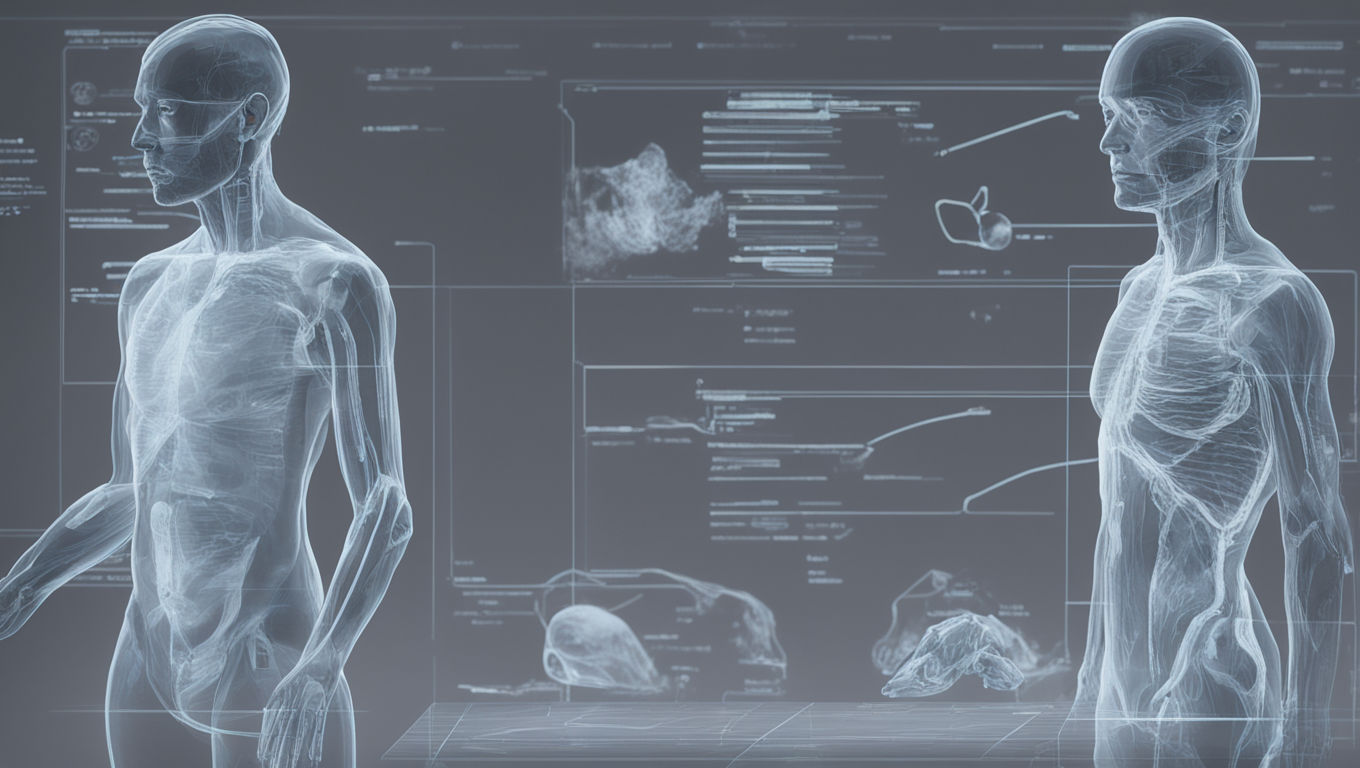Artificial intelligence (AI) is set to revolutionize the way doctors provide personalized care to breast cancer patients. Researchers have developed an AI tool that can predict the risk of side effects from surgery or radiotherapy, allowing doctors to make more informed decisions and offer tailored support. Side effects of treatment can include scarring, skin changes, heart damage from radiation, and lymphoedema, a painful swelling of the arm. By using AI to assess the risk of these side effects, doctors can provide accurate predictions on a personal level, ensuring patients receive the most appropriate care.
Dr. Tim Rattay, a consultant breast surgeon and associate professor at the Leicester Cancer Research Centre at the University of Leicester, explained the motivation behind developing the AI tool: “Thankfully, long-term survival rates from breast cancer continue to increase, but for some patients, this means having to live with the side effects of their treatment. That’s why we are developing an AI tool to inform doctors and patients about the risk of chronic arm swelling after surgery and radiotherapy for breast cancer. We hope this will assist doctors and patients in choosing options for radiation treatment and reduce side effects for all patients.”
The technology was trained using data from 6,361 breast cancer patients and can predict arm swelling up to three years after surgery and radiotherapy. By considering various patient and treatment features, such as chemotherapy, sentinel lymph node biopsy, and type of radiotherapy, the AI tool provides a comprehensive assessment. Dr. Guido Bologna, associate professor at the University of Applied Sciences and Arts of Western Switzerland, explained the complexity of the AI model: “The final, best-performing model makes predictions using 32 different patient and treatment features, including whether or not patients had chemotherapy, whether sentinel lymph node biopsy under the armpit was carried out, and the type of radiotherapy given.”
During the European Breast Cancer Conference in Milan, Dr. Rattay emphasized that the AI tool is an explainable AI tool, meaning it provides reasoning behind its decision-making process. This feature not only aids doctors in making decisions but also allows them to provide data-backed explanations to their patients. This transparency promotes trust and enables patients to make informed choices about their treatment options.
The current AI model will be incorporated into software that provides evaluations for doctors and patients. It will be tested as part of a clinical trial called the PRE-ACT project, which plans to recruit patients from the UK, France, and the Netherlands by the end of the year. The research team aims to enroll 780 people by early 2026 and follow them for two years. Additionally, they are working on expanding the AI technology to predict other side effects, such as skin and heart damage.
Dr. Simon Vincent, director of research, support, and influencing at Breast Cancer Now, highlighted the importance of this research: “With over 55,000 people being diagnosed with breast cancer every year in the UK, research looking at how we can improve treatments is urgently needed. This exciting project will explore whether using AI could enable people with breast cancer to receive more personalized care and support that helps minimize side effects, such as chronic arm swelling (lymphoedema), after surgery and radiotherapy. This research is in its early stages, and more evidence is needed before we can consider whether or not the AI tool could be used in medical settings, and we look forward to seeing results from the trial.”
As AI continues to advance in the field of healthcare, it offers promising possibilities for improving patient outcomes and enhancing personalized care. With the development of this AI tool, doctors and patients can look forward to a future where side effects from breast cancer treatment can be accurately predicted and effectively managed, ultimately improving the quality of life for breast cancer survivors.





Use the share button below if you liked it.